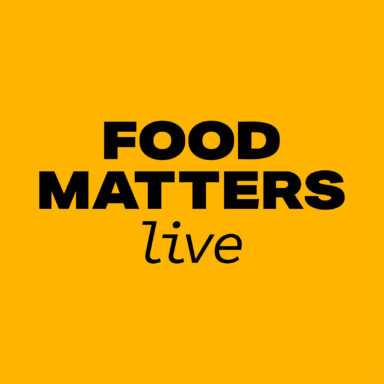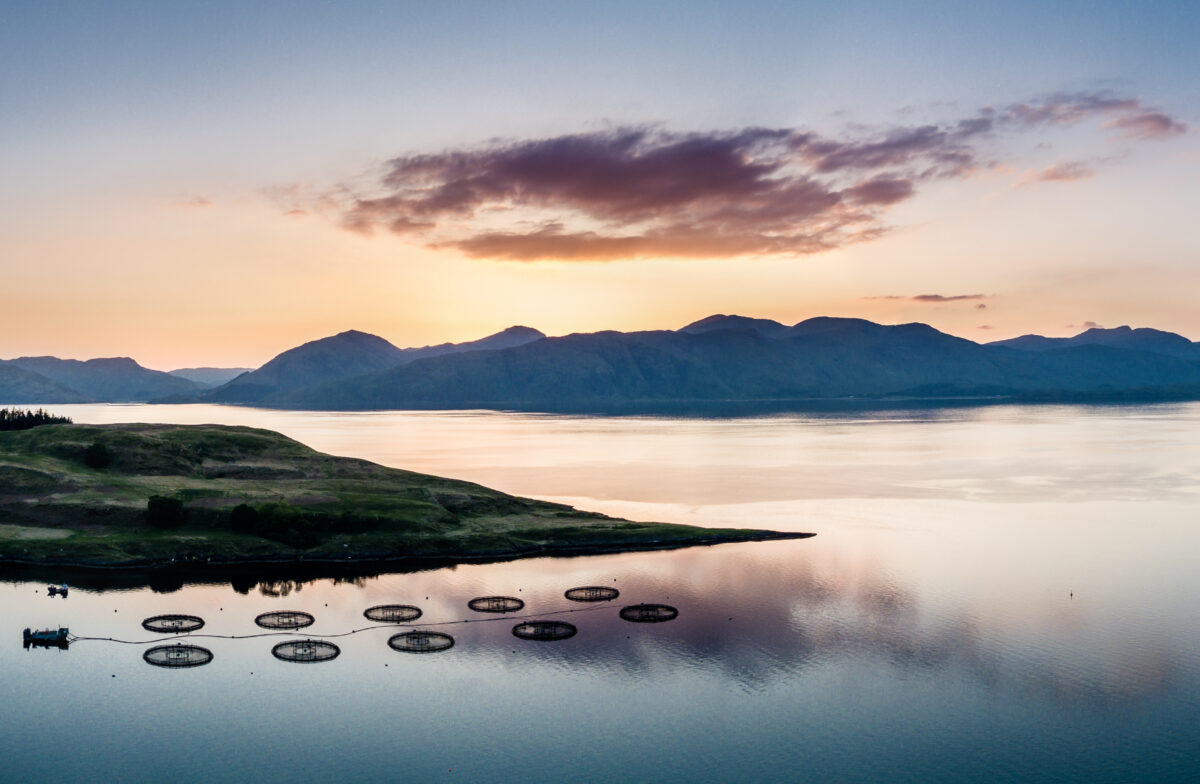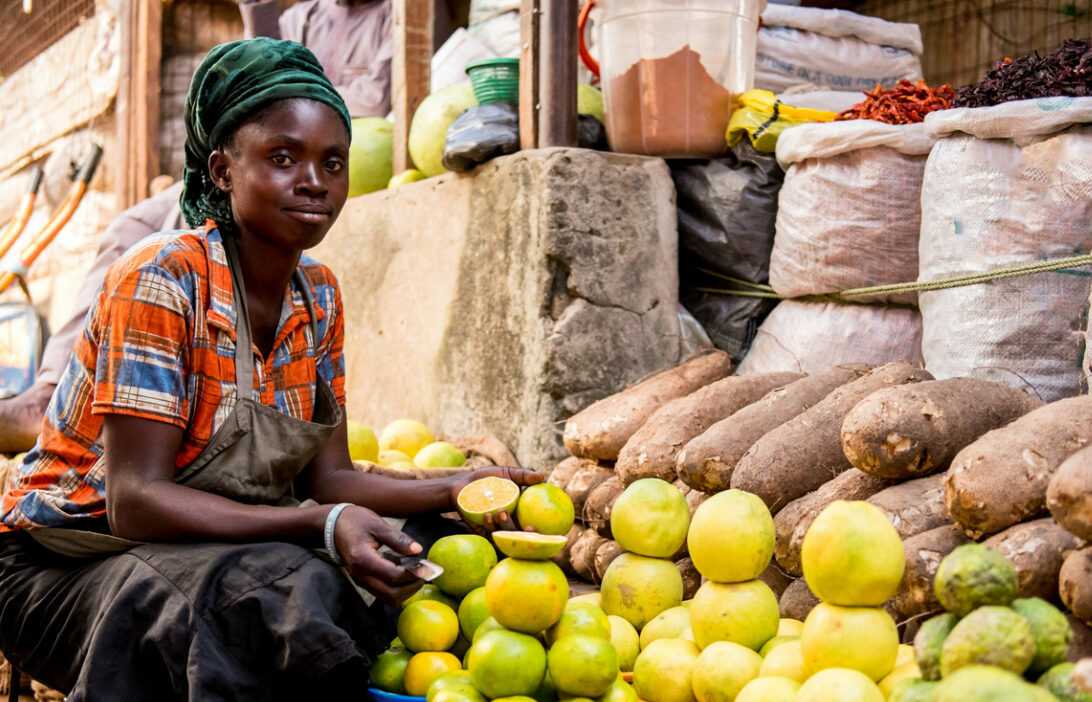What is sustainable food production? Everything you need to know about food production and sustainability

Sustainable food production is great in concept, but it presents one major challenge – creating a sustainable supply of food for the globe’s quickly growing population.
In order to make global food production sustainable, which means the larger and most urbanised areas will be fed and generally better off, food production will likely need to increase by upwards of 70%.
In addition, food products will need to be more nutrient-dense to provide the world with a balanced diet, more food will need to be produced whilst using less land, and essential factors like water and energy will also become limiting factors.
What are the benefits of sustainable food production?
As a top-level overview, sustainable food production is known as a method of food production using processes and systems that feature the conservation of the planet and future generations at its core.
These processes are non-polluting, energy efficient, and cost-effective. With safety in mind, they are also designed to not compromise or destroy the resources and needs of future generations.
Is our food sustainable already?
In order to support the Earth’s ability to produce food in the future, and minimise our impact on the environment, our global food production methods must change.
As with other man-made activities such as driving, flying, and fossil-fuel production, our current food production systems are major contributing factors to climate change.
Studies suggest that 25% of total global greenhouse gas emissions are directly caused by our current crop and animal production systems, as well as deforestation to make room for new farms and pastures. It is estimated that agricultural land covers 37% of the Earth’s land surface and, together, the crop and livestock sectors use 70% of our freshwater resources.
Where and how food is produced, and the availability of natural resources directly relates to the level of impact they have on the environment.
In some cases, there are ‘trade-offs’ between environmental factors and, to date, there is no simple set of principles able to effectively determine if one food product is more environmentally sustainable than another. However, the meat industry is one of the most unsustainable food production systems on the planet.
How can we make production more sustainable?
The European Commission is assessing the most effective ways to lower the environmental impact of global food production and is striving to limit waste throughout the food supply chain.
One of the Commission’s goals was to reduce the food chain’s resource inputs by 20% by 2020 and, to achieve this, incentives for more sustainable food production and consumption were put in place.
The European Commission also set out sustainable food production methods that are designed to ensure sustainable food production in the future. These include:
Efficient use of natural resources:
- Reduce the use of fossil fuels and optimise water use in food production
- Optimise land use and reduce the amount of land being converted for agriculture
- Design manufacturing sites which utilise efficient use of water and energy
Protection of the quality of natural resources:
- Ensure appropriate use of fertilisers and environmentally friendly pesticides to prevent pollution of soil and waterways
- Reduce the number of greenhouse gases being emitted to maintain good air quality
- Reverse soil loss and restore organic matter content in soils to a good level
- Increase biodiversity through farming practises which are designed to safeguard land, water and energy resources, and wetland and forest areas
Protection of marine resources:
- Implement sustainable fishing practices which are designed to restore fish stocks and eliminate by-catch and discards
- Reduce the pollution of coastal areas from fertilisers and litter
Procurement of ingredients from sustainable sources – for example:
- Use of fish products which have been certified by the Marine Stewardship Council. The MSC works with fisheries in order to promote more sustainable fishing practices – ensuring that fishing activities are at a level which can continue without damaging the ecosystem
- Use of palm oil products which have been certified by the Roundtable on Sustainable Palm Oil and other similar programmes. The RSPO and other initiatives ensure that palm oil products are produced without undue harm to the environment. This includes preventing the conversion of rainforests to agricultural land, or deforestation.
Use of environmentally efficient food packaging:
- Optimise packaging use
- Use materials which have less of an impact on the environment
- Use recycled materials to ensure a circular supply chain
Reduction in food waste:
- Technical strategies such as product reformulation can be used to extend shelf life, and, with the use of functional packaging, spoilage and waste of perishable foods can be reduced
- Lower the amount of waste being sent to landfill – alternatively, use food recycling plants, use excess food as animal feed, and donate to local charities
In addition to this, the European Commission is undertaking even further work to move us to more sustainable food production systems.
Sustainable food production and ethics
Sustainable and ethical food production involves a focus on the welfare of a number of factors.
From the welfare of workers on farms to animal rights and environmental sustainability, sustainable food production also brings welfare and ethics into consideration.
According to the European Union’s Lisbon Treaty, animals are recognised as sentient beings – which means they are capable of feeling both pleasure and pain. Because of this, the European Commission adopted a strategy which is designed to improve animal welfare conditions. This includes improvements in animal living conditions, what they are fed, how they are transported, and how they are slaughtered.
Although there is no universally agreed-upon definition of animal welfare, the World Organisation for Animal Health highlights the Five Freedoms of animal welfare which can be used as a guide.
This includes freedoms from the following:
- Thirst, hunger and malnutrition
- Discomfort and exposure
- Pain, injury and disease
- Fear and distress
- The freedom to express normal behaviour








